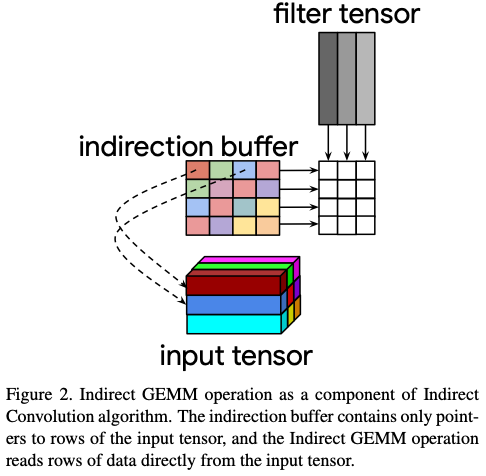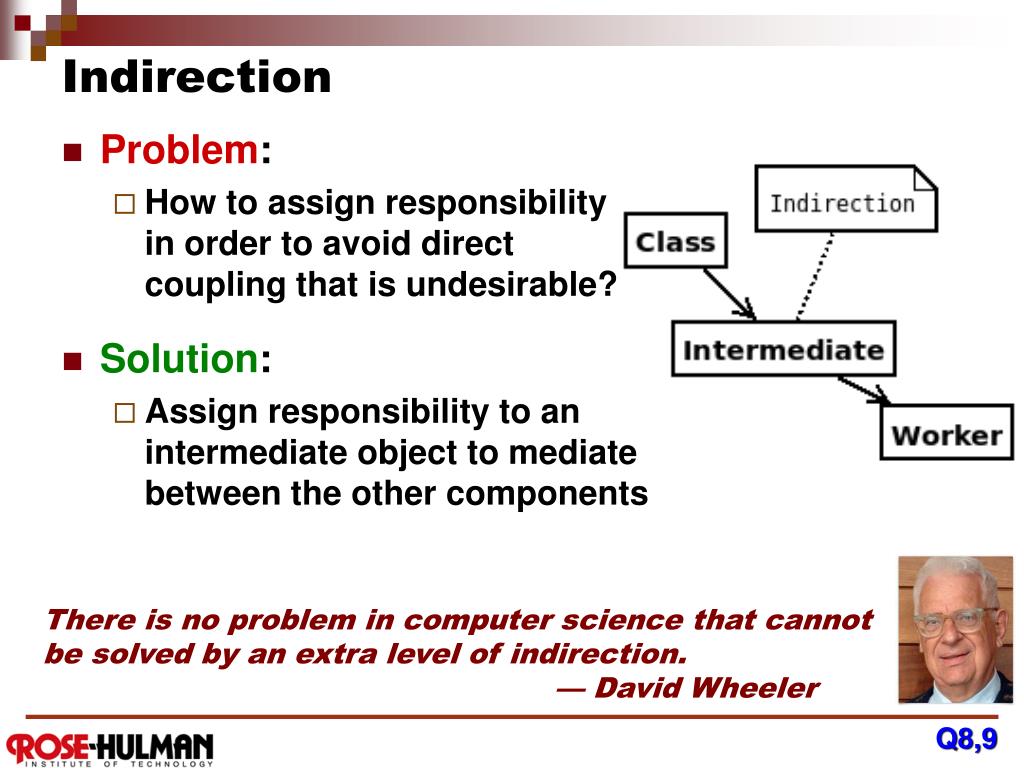


- #Common indirection found in code full#
- #Common indirection found in code code#
- #Common indirection found in code windows#
However, on-top of what the CLR has to support due to the CPU/OS conventions, it also has it’s own extended ABI for. x86 ABI (aka Calling Conventions for AMD64 & EM64T)
#Common indirection found in code windows#
圆4 ABI: Intro to the Windows 圆4 calling convention.rustgo: calling Rust from Go with near-zero overheadĪs an aside, if you want more information about ‘calling conventions’ here’s some links that I found useful:.
#Common indirection found in code code#
What’s the calling convention for the Java code in Linux platform?.The Go low-level calling convention on x86-64.This applies across runtimes, for more on this see: Therefore, another way to think about ‘stubs’ is that they are part of what makes the CLR-specific ‘Application Binary Interface’ (ABI) work.Īll code needs to work with the ABI or ‘calling convention’ of the CPU/OS that it’s running on, for instance by following the x86 calling convention, 圆4 calling convention or System V ABI. Stubs abstact a lot of this behaviour away from the JIT, allowing it to deal with a more simple ‘Application Binary Interface’ (ABI). If stubs didn’t exist, for a given method call the JIT would have to generate different code depending on whether generics where involved or not, if it was a virtual or non-virtual call, if it was going via a delegate, etc. This means the the JIT can generate more straightforward code for any given ‘call site’, because it (mostly) doesn’t care whats happening in the ‘callee’. As we will see in the rest of the post, stubs deal with a variety of different types of method calls. A final factor is that having ‘stubs’ makes the work of the JIT compiler easier.Other types of ‘stubs’, such as Virtual Stub Dispatch and Generic Instantiation Stubs are there to make those operations perform well or to have an positive impact on the entire runtime, such as reducing the memory footprint (in the case of ‘shared generic code’).The only additional members that can be defined on delegate types are static or instance methods. The implementations of the methods are provided by the VES, not user code. While, for the most part, delegates appear to be simply another kind of user-defined class, they are tightly controlled. Likewise for delegates, which are covered in ‘I.8.9.3 Delegates’: These generally are: allocating the array based on size and lower-bound information, indexing the array to read and write a value, computing the address of an element of the array (a managed pointer), and querying for the rank, bounds, and the total number of values stored in the array. Hence, the operations on an array type are defined by the CTS. This requirement is outlined in the ECMA 355 Spec, for instance ‘Partition I’ in section ‘8.9.1 Array types’ says:Įxact array types are created automatically by the VES when they are required. For instance Delegates and Arrays must be provided but the runtime, their method bodies are not generated by the C#/F#/VB.NET compiler and neither do they exist in the Base-Class Libraries.There are several reasons that stubs need to be created by the runtime: But once you involve virtual methods, delegates or generics things get a bit more complicated. Now, to be clear, not all method calls require a stub, if you’re doing a regular call to an static or instance method that just goes directly from the ‘call-site’ to the ‘callee’. The stubs themselves can be as simple as just a few assembly instructions or something more complicated, we’ll look at individual examples later on in this post.
#Common indirection found in code full#
Note that moving from the ‘stub’ to the ‘callee’ isn’t another full method call (hence the dotted line), it’s often just a single jmp or call assembly instruction, so the 2nd transition doesn’t involve all the same work that was initially done at the call-site (pushing/popping arguments into registers, increasing the stack space, etc). code such as var result = Foo(.) ) and the ‘ callee’ (where the method itself is implemented, the native/assembly code) and I like to think of them as doing tidy-up or fix-up work. So they sit between a method ‘ call-site’ (i.e. NET Runtime, ‘stubs’ look something like this:


 0 kommentar(er)
0 kommentar(er)
